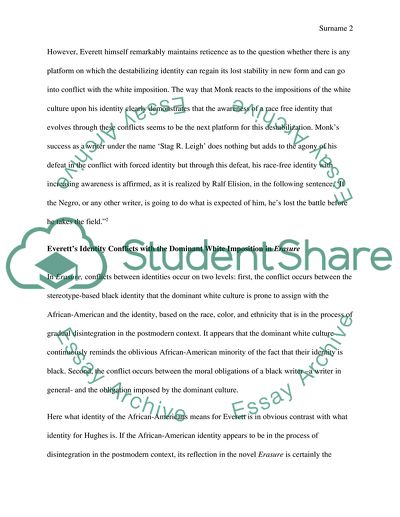Cite this document
(“What, if anything, stabilizes identity in the contemporary novel -A Essay”, n.d.)
Retrieved from https://studentshare.org/literature/1553295-what-if-anything-stabilizes-identity-in-the-contemporary-novel-a-critical-exploration
Retrieved from https://studentshare.org/literature/1553295-what-if-anything-stabilizes-identity-in-the-contemporary-novel-a-critical-exploration
(What, If Anything, Stabilizes Identity in the Contemporary Novel -A Essay)
https://studentshare.org/literature/1553295-what-if-anything-stabilizes-identity-in-the-contemporary-novel-a-critical-exploration.
https://studentshare.org/literature/1553295-what-if-anything-stabilizes-identity-in-the-contemporary-novel-a-critical-exploration.
“What, If Anything, Stabilizes Identity in the Contemporary Novel -A Essay”, n.d. https://studentshare.org/literature/1553295-what-if-anything-stabilizes-identity-in-the-contemporary-novel-a-critical-exploration.


